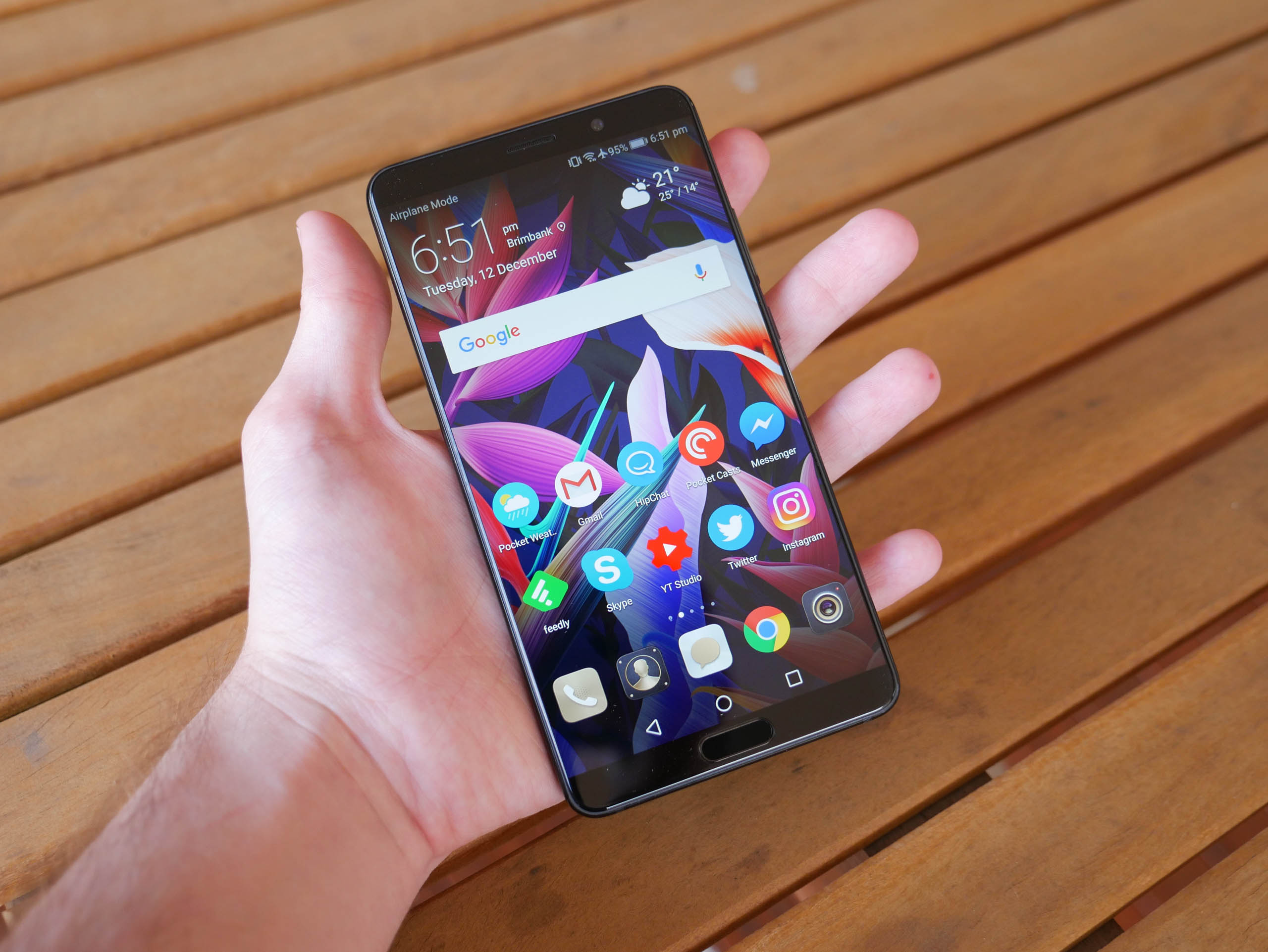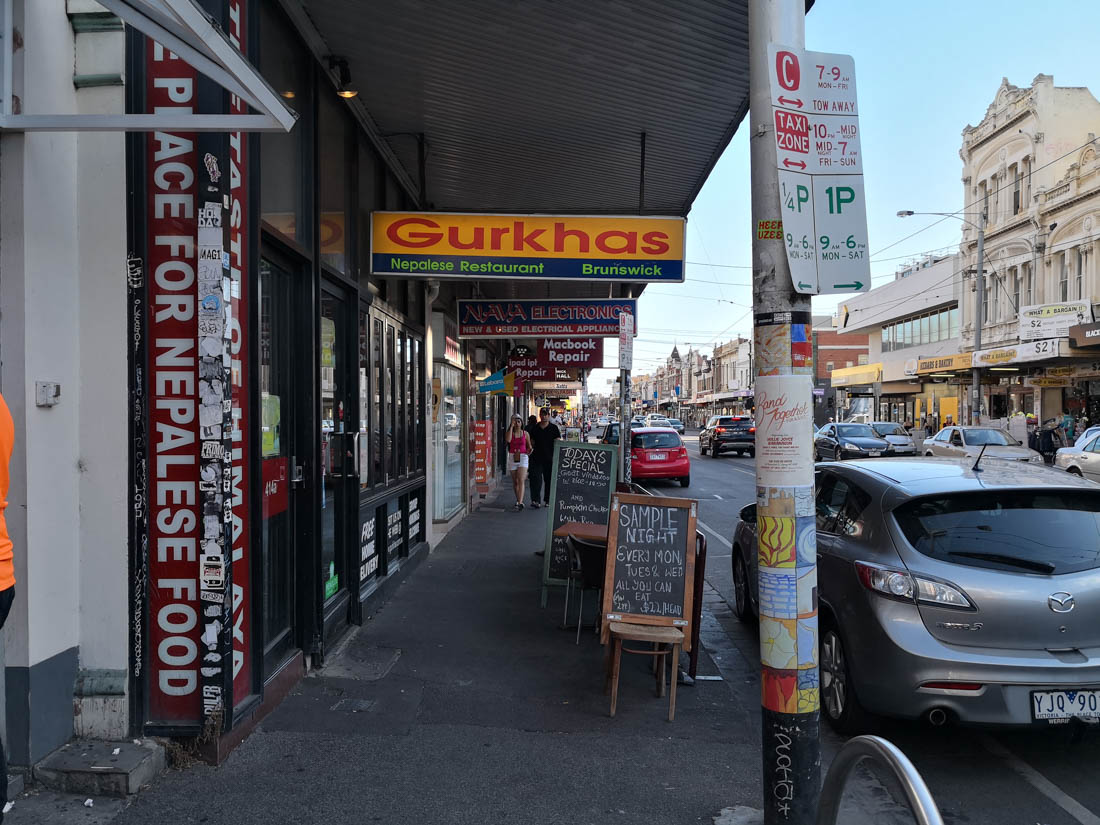Camera
The Mate 10's camera sees a small upgrade on what came with the Huawei P10. The main sensor hardware is the same: a 12-megapixel primary RGB sensor with optical image stabilization, paired with a secondary 20-megapixel monochrome sensor without OIS that provides additional detail and depth data for photos. Software processes together images from both sensors to deliver higher detail and simulated aperture effects (eg. bokeh).
The main upgrade is a shift from f/2.2 lenses on both cameras to f/1.6, which delivers more light to the sensors and improves non-simulated depth of field. Like other Huawei smartphone cameras, both sensors use the same equivalent focal length, so there's no zoom or wide-angle functionality. Instead, the company prioritizes simulated apertures, and includes a prominent feature that allows you to change the 'aperture' anywhere from f/0.95 to f/16.
Huawei's simulated bokeh is pleasant, and the wide range of blur you can choose from provides versatility not seen in other devices. The Mate 10's depth-sensing ability is also respectable, so it can often choose the correct focal plane and apply bokeh in the correct areas. However, edge detection remains an issue with Huawei's implementation; I still experienced problems like haloing around objects and, in more complex scenes, failing to correctly find the edges of objects.
On the other hand, Huawei's simulated background blur for the front facing camera, which only relies on data from one sensor, seems to work just as well as the rear cameras that collect depth information.
As far as image quality is concerned, the Mate 10 produces good photos, but they aren't at the high-end of smartphone photography along with the Pixel 2, iPhone X and the latest from Samsung and LG. From what I experienced using the Mate 10, this phone produces slightly better photos than the P10, but not by enough to dethrone the best on the market right now.
My main concern with the Mate 10's camera is consistency. In some situations, this camera produces outstanding results with high levels of detail, vibrant yet accurate colors, and perfect exposure. At other times, the Mate 10 seems surprisingly poor, leading to photos that lack the oomph you want from a high-end phone.
The best results I achieved were almost always outdoors, though not necessarily in strong lighting. In shady conditions I captured some great shots with great contrast and depth, while in sunlight the solid detail produced by the camera is on show. And if you need it, there's a 2x zoom feature that actually does increase image detail on distant objects despite the Mate 10's lack of an optically zoomed second camera.
The Mate 10 also seems to perform well in low light, producing images that are brighter than real life, more vibrant than I expected, and surprisingly well detailed without heaps of grain. The combination of a wider aperture, two sensors for additional detail, and optical image stabilization leads to great results here.
Where the Mate 10 struggles is with most indoor shots. HDR and dynamic range isn't this phone's strong point, so any photos with strong backlighting are poor. This led to a number of photos looking underexposed, flat, and seriously lacking the dynamic range to adequately capture enough detail. In some situations I did manage to capture great photos, but the camera wasn't consistent enough in these conditions for my liking.
Huawei's camera app does include a lot of features, including a manual mode, very good monochrome mode, and standard stuff like panoramas, time-lapses, slow motion, and a variety of filters. One of the coolest modes is the light painting mode, which is perfect for low light capture of moving lights, though for the best results you'll want a tripod.









